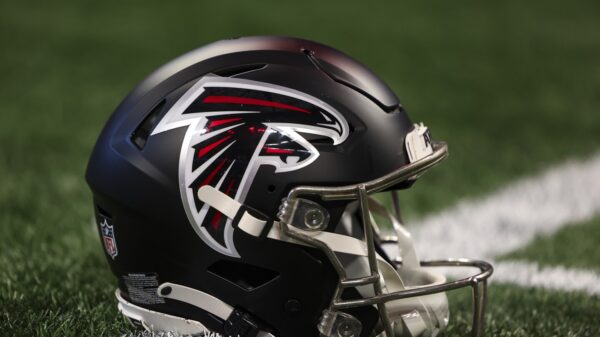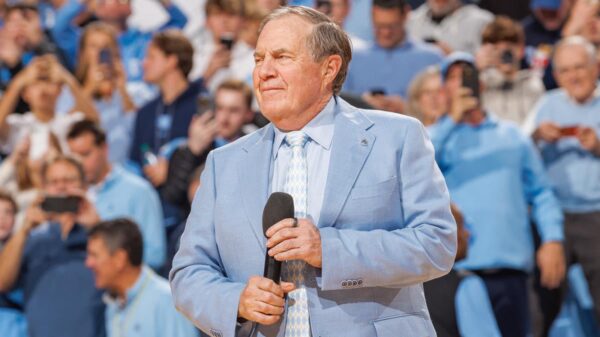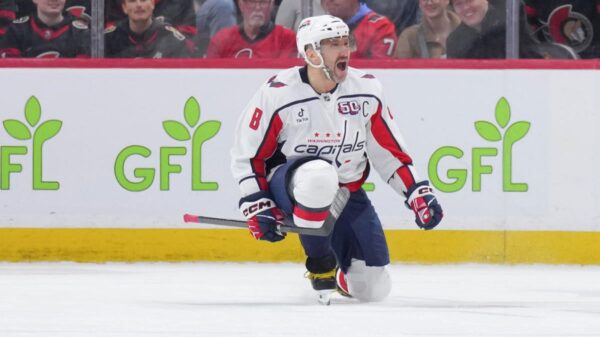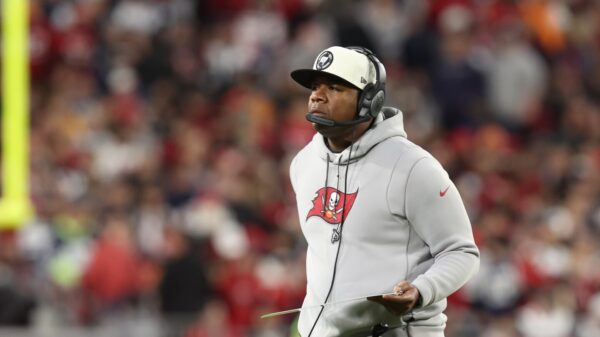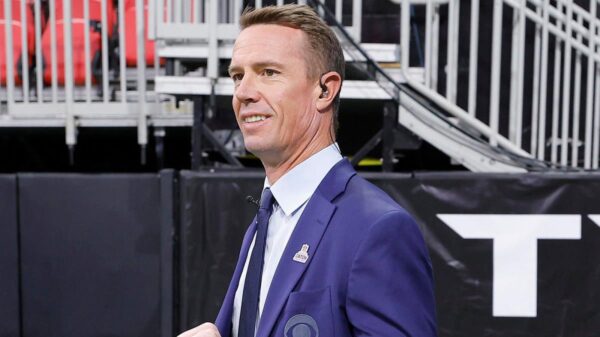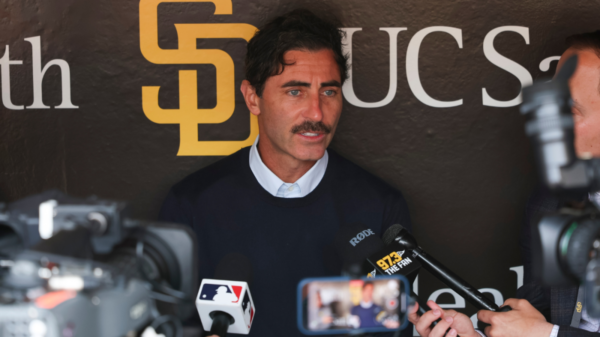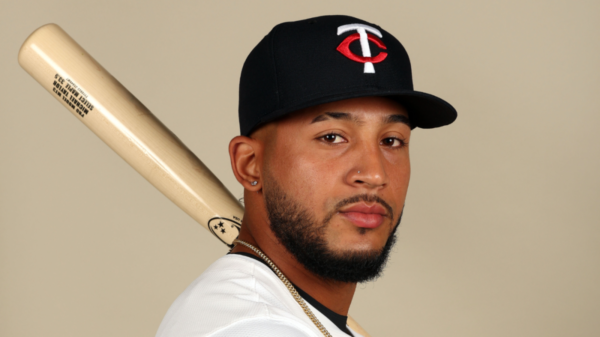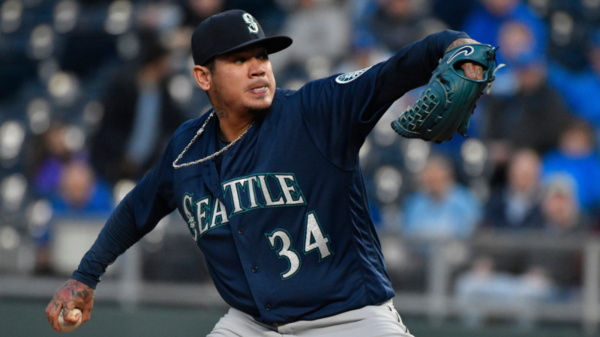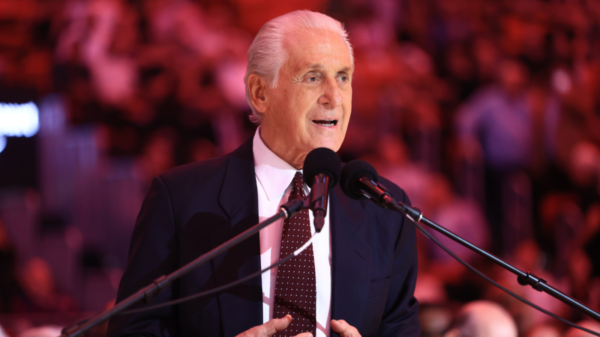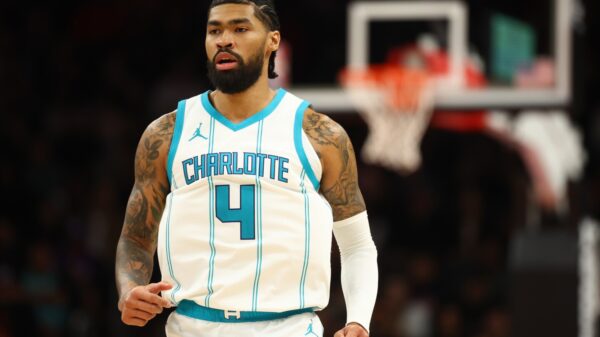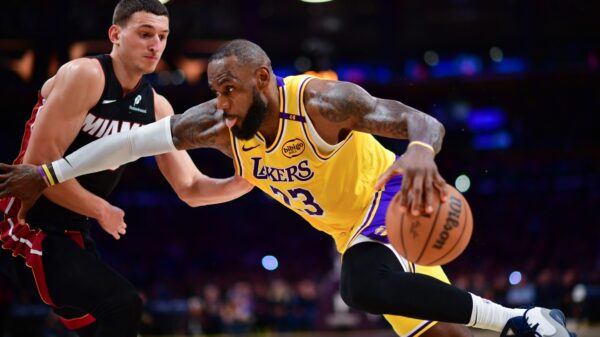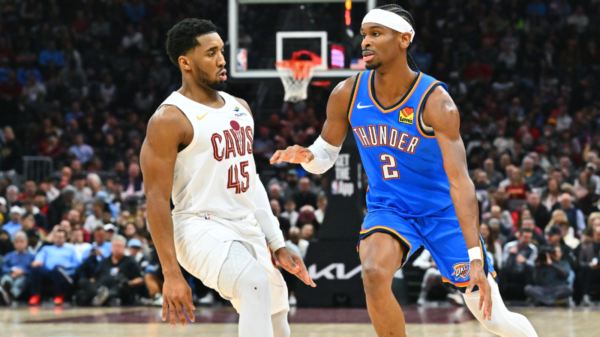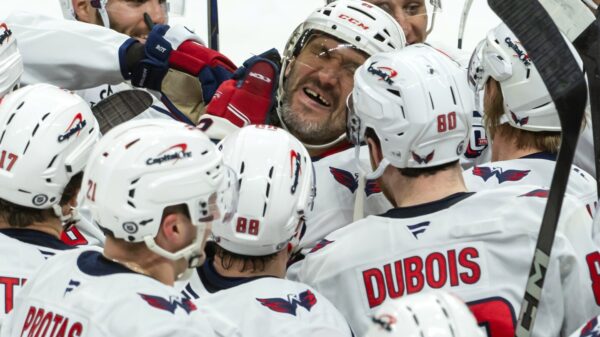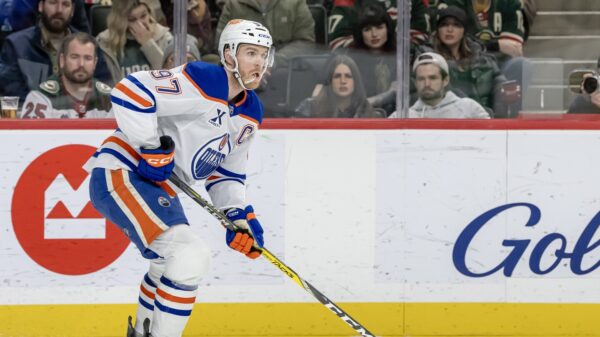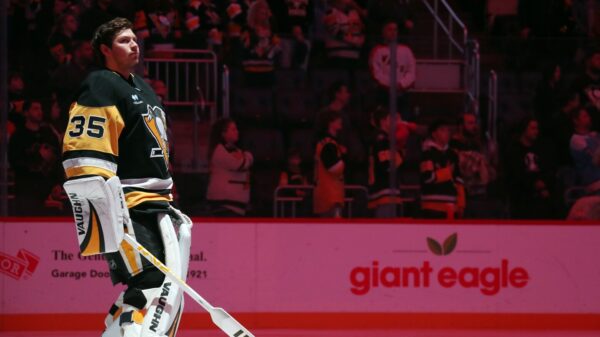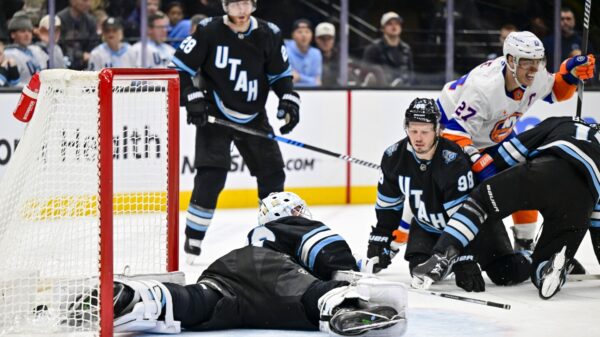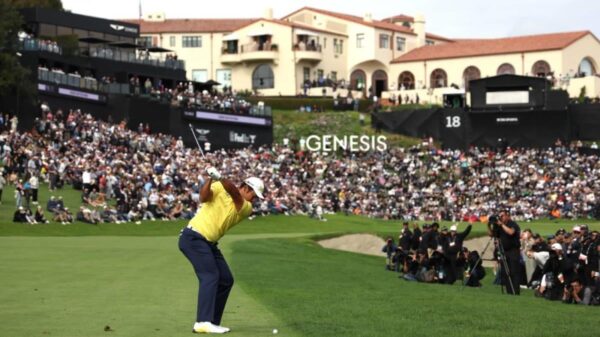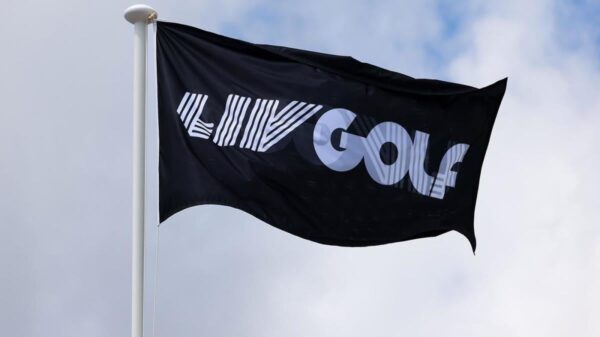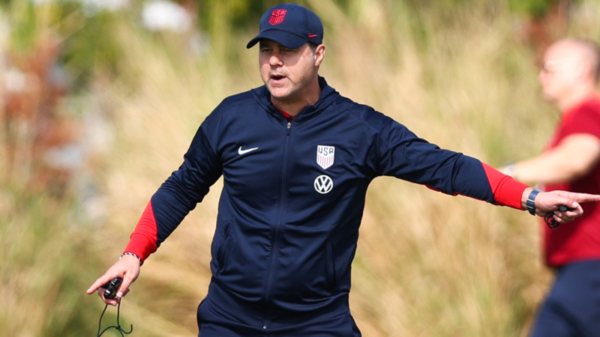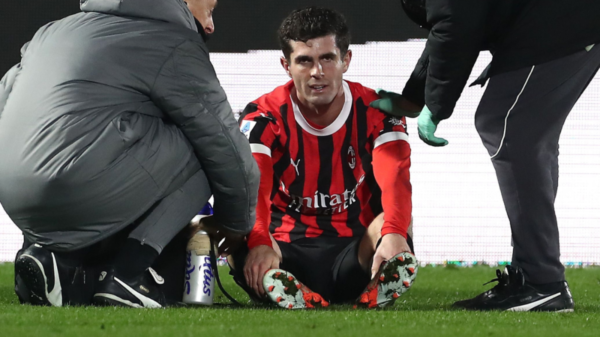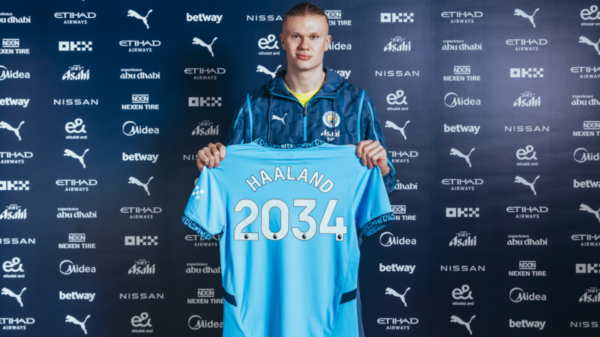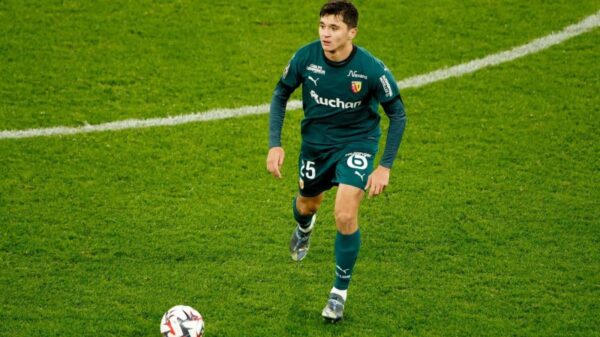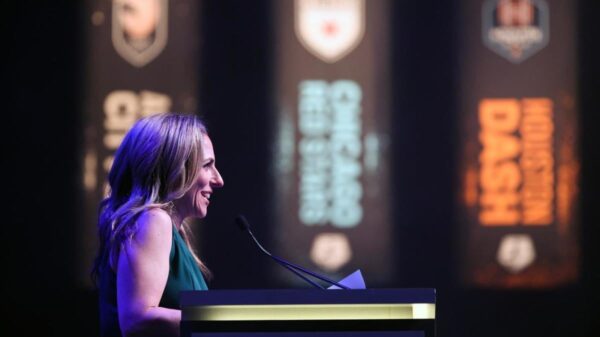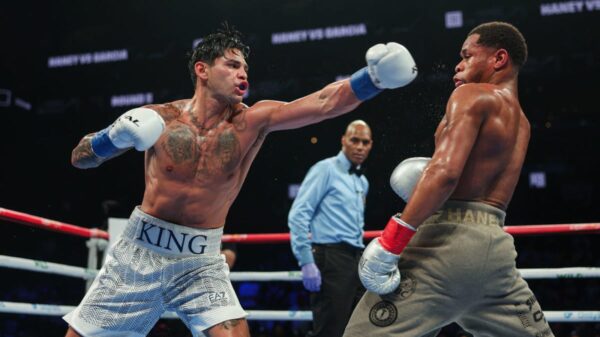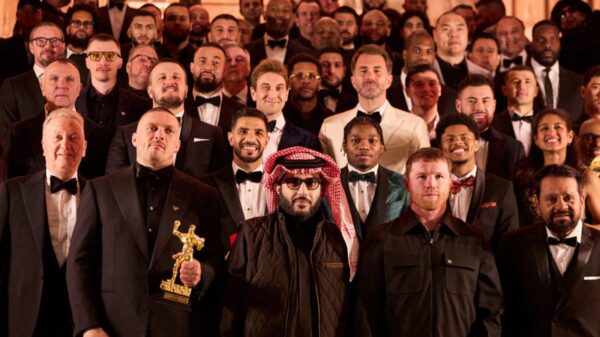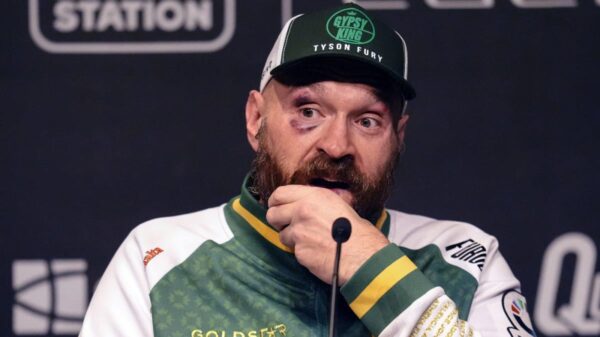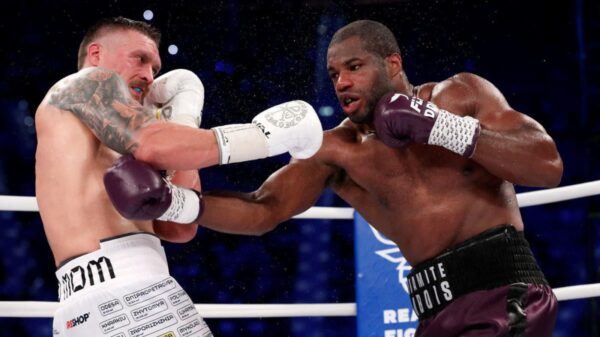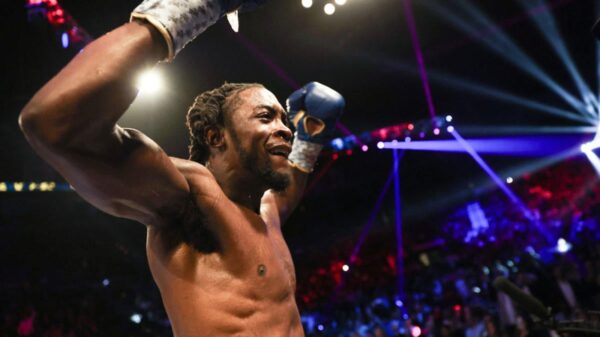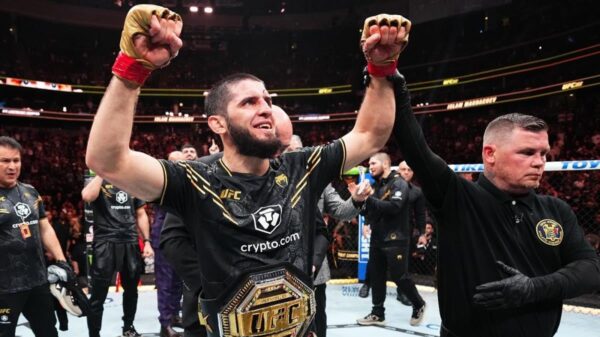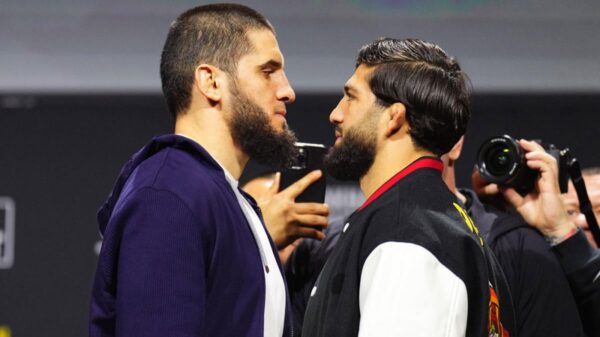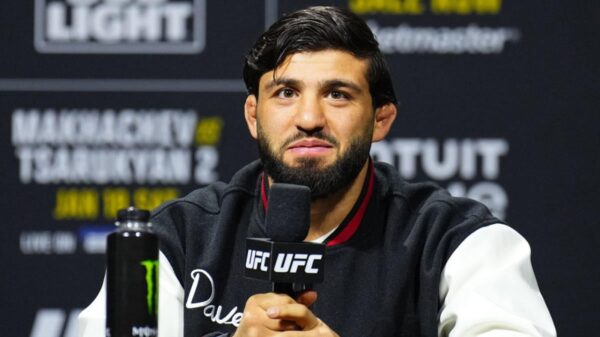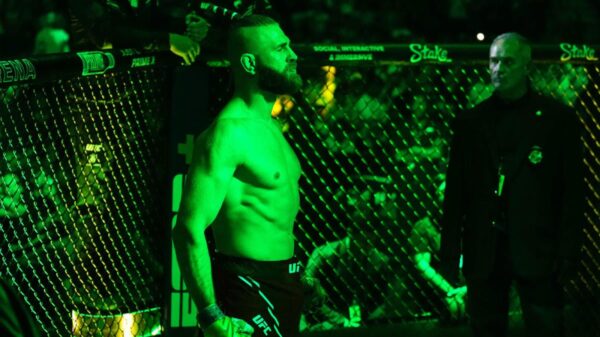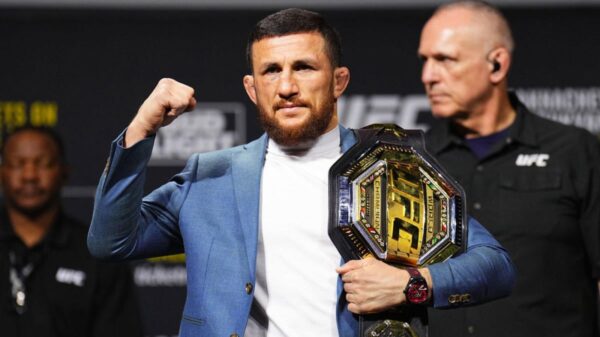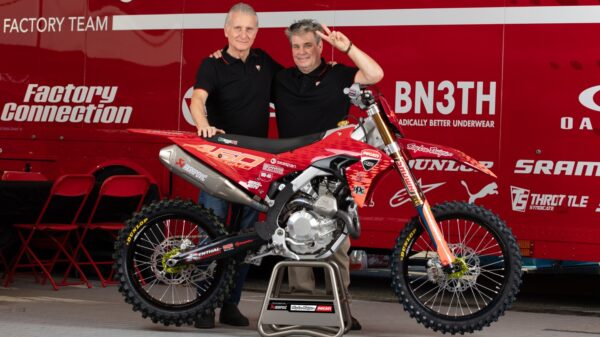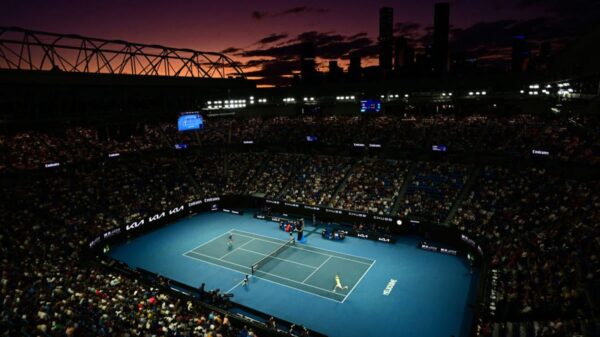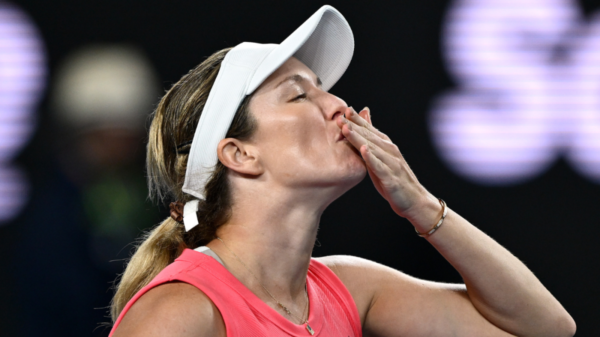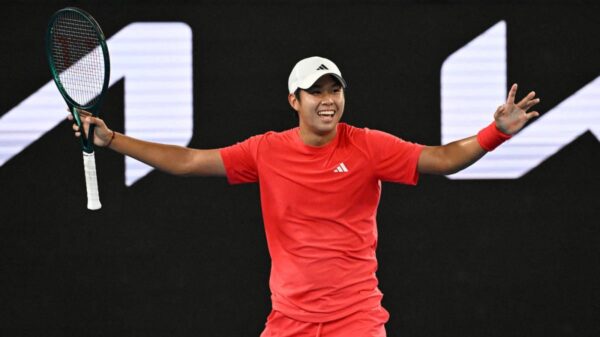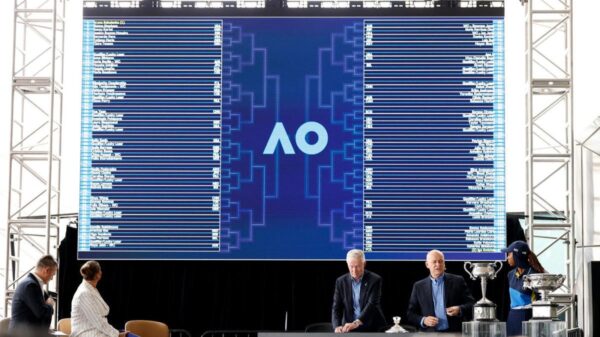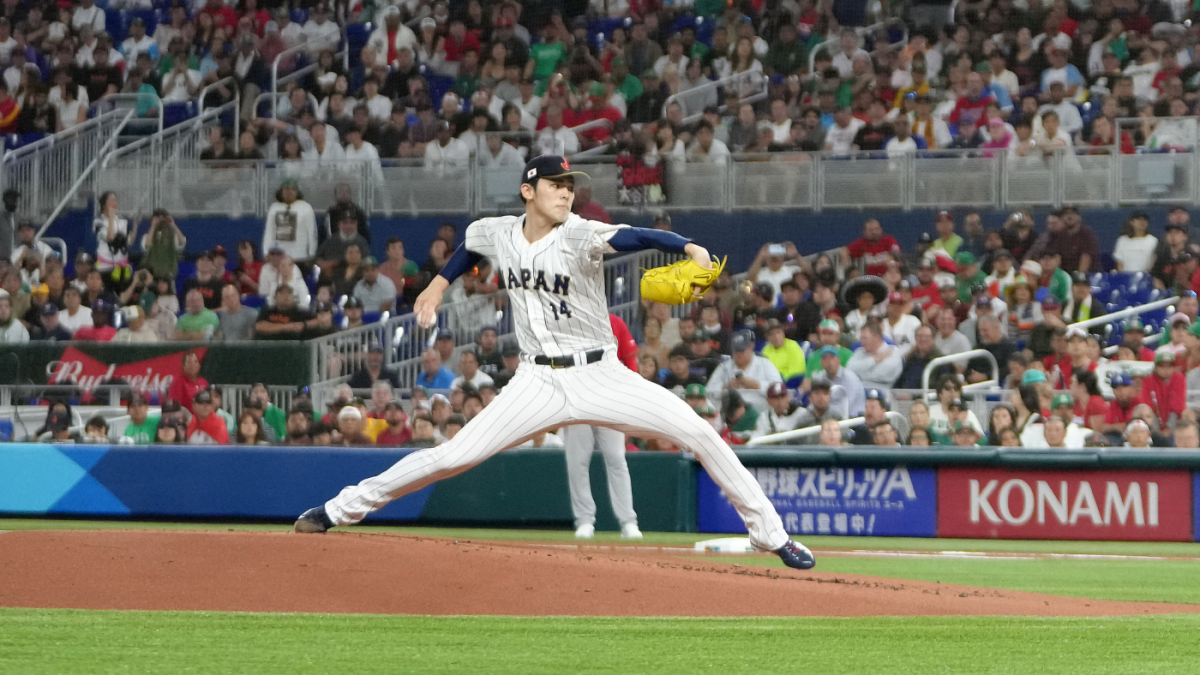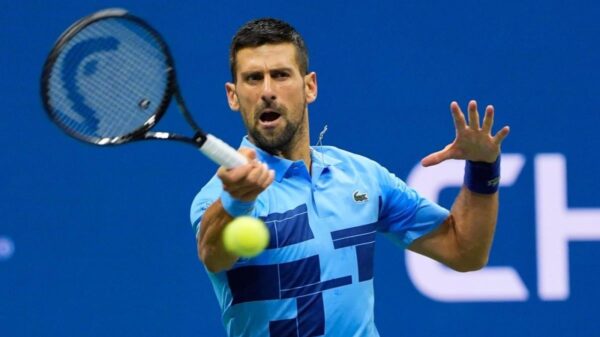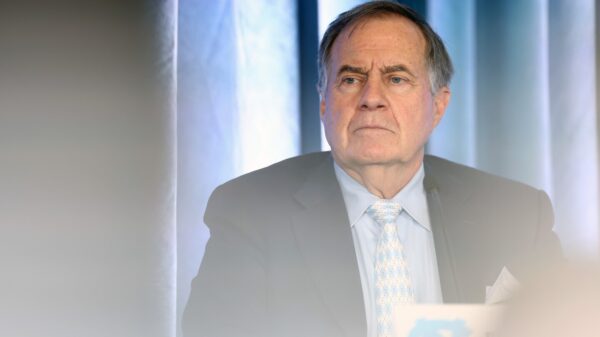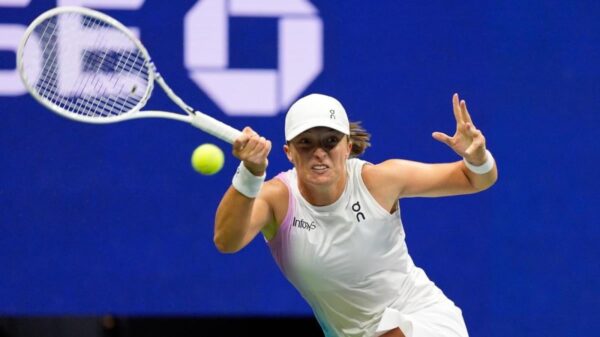Earlier this week, Major League Baseball officially opened a new international free-agent signing period. With it, the clock began to tick on when Japanese ace Roki Sasaki, the best pitcher in the world not already under an MLB team’s employment, will pick his next employer and complete his long-awaited transfer to North America.
Sasaki has reportedly reduced his group of suitors to three teams: the Los Angeles Dodgers, San Diego Padres, and Toronto Blue Jays. Each of those clubs has already hosted a second in-person meeting with him in their own city. (He had previously met with more than a handful of teams in Los Angeles, where his agency is headquartered.)
Beyond Sasaki’s immense talent, what makes his free agency so fascinating is that it’s not the standard model. In a sense, he’s a restricted free agent, with teams allowed to offer him up to a certain dollar amount and no more. There is, however, a way for those clubs to sweeten their offers, albeit only marginally.
Below, CBS Sports has explained why Sasaki’s earning potential is capped, how much the three finalists can potentially offer, and how they could improve their offers between now and whenever he makes his final decision.
1. Why Sasaki’s earning power is limited
Put simply, it’s because Sasaki is regarded as an amateur free agent.
MLB’s posting system agreement with NPB stipulates that players have to clear certain age- and service-time parameters to avoid the amateur designation: players have to be at least 25 years old and have a minimum of six seasons in a recognized pro league. Those rules are in place to discourage promising Japanese players from pursuing MLB paydays as quickly as possible, thereby weakening (and, presumably, angering) a partner league in the process.
Sasaki, who is 23 and appeared in parts of four NPB seasons, falls short on both legs of MLB’s requirement. As such, he can only be offered a deal worth as much as the team has remaining in their international amateur free-agent bonus pool.
2. How much finalists can theoretically offer
Keep in mind that all the figures presented below are subject to change. Handshake agreements are prevalent in the international amateur free-agent world, and it’s unclear which of the pre-existing deals (if any) the three finalists will honor in addition to their pursuits for Sasaki. (Whether or not teams should be able to abandon handshake deals is another matter.) As of Thursday afternoon, none of the three teams had been reported to have finalized any IFA deals for the 2025 cycle, though, not all signings are immediately made public. Again, we don’t have all the figures here.
MLB forms its signing bonus pools using a variety of factors, including revenue sharing, market size, and free-agent activity. The goal is to provide small-market teams with a better opportunity to land talent than they might otherwise possess.
Predictably, the Dodgers had the smallest allotted pool of the three teams, at $5.146 million; both the Padres and Blue Jays, meanwhile, had pools of $6.21 million to work with. Teams are allowed to obtain additional funds, up to 60% of their original bonus pool (we’ll get to that soon). Otherwise, MLB treats the pools as a hard cap: teams are not allowed to spend more than what amount they end up with in their pool, no matter the circumstances.
If Sasaki signing for just $5 to 6 million seems like an incredible bargain … well, it is; he likely would have received hundreds of millions more if he were a traditional free agent. Such is the cost of him coming over a few seasons earlier than expected.
3. How finalists can sweeten their offers
The good news, for Sasaki and his NPB team (the Chiba Lotte Marines will receive a fee equal to a percentage of his contract) is that the three finalists can trade for more cap space, albeit not a ton more. That’s where things could get interesting.
MLB allows teams to obtain up to 60% of their original bonus pool amounts through trades. The Dodgers could boost their maximum value, as in if they don’t honor any of their other agreements and give all of their pool to Sasaki, to more than $8.1 million. The Padres and Blue Jays could come close to $10 million, should they choose to do so. Now, keep in mind that these are not going to major trades like you’re used to; Bo Bichette is almost certainly not being moved for IFA space. The Giants, for example, traded backup catcher Blake Sabol to the Red Sox on Tuesday for bonus pool money.
You might think Sasaki’s destination will become clear soon enough based on which of the three teams can add the most space. That may not be the case. Sportsnet reported on Wednesday that some sources believe Sasaki will make his choice and then ask his chosen team to add more space before the Jan. 23 deadline.
The “interesting” component here is twofold: 1) what will the team be willing to give up to acquire the space, knowing full well that it’ll be used to sign Sasaki rather than a far-off teenage prospect; and 2) how many other teams will even be able to entertain trading space given they have agreements of their own to honor.
Rest assured that the answers to those questions, and many others concerning Sasaki, will become evident soon enough.
Read the full article here

